Dhaka, July 19 (V7N) – Across Bangladesh, thousands of brick kilns emit thick plumes of black smoke, creating one of the country’s most hazardous sources of air pollution. For decades, the brick manufacturing sector has played a critical role in Bangladesh’s development, supplying materials for rapidly growing urban infrastructure. However, this progress comes at a steep environmental and health cost.
The smoke rising from these kilns contains dangerous pollutants such as fine particulate matter (PM₂.₅), carbon monoxide, sulfur dioxide, and black carbon. These pollutants significantly worsen the air quality, often placing Bangladesh among the world’s most polluted countries.
According to the Department of Environment, Bangladesh has approximately 8,500 brick kilns, with nearly half operating without proper environmental clearance. In late 2024, the government announced plans to shut down 3,491 illegal kilns. These unregulated operations typically use outdated and highly polluting technologies and are frequently located near residential neighborhoods, schools, and agricultural lands, putting nearby communities at serious risk.
The health impact of brick kiln pollution is severe. Medical experts and environmental researchers link exposure to kiln emissions with increased rates of respiratory illnesses, heart diseases, and premature deaths. A recent study found that emissions from brick kilns contribute substantially to the thousands of early deaths recorded annually in the greater Dhaka area alone.
A local resident near a cluster of kilns on Dhaka’s outskirts shared, “Every winter, my children suffer from constant coughs and breathing problems. The air is heavy with smoke, and a black dust layer settles on everything. We feel powerless.” This experience is common among communities living near brick kilns.
The environmental damage extends beyond air pollution. The demand for clay, the primary material for bricks, has led to widespread illegal excavation of fertile topsoil from agricultural land, threatening food security. Furthermore, toxic emissions cause acid rain, which harms crops and contaminates water bodies.
The government has enacted laws like the Brick Manufacturing and Kiln Establishment (Control) Act to regulate the industry. However, weak enforcement due to limited resources and the political influence of kiln owners has hampered progress.
There is, however, hope for change. International partners, including the World Bank, have supported the introduction of cleaner technologies such as Zigzag and Tunnel kilns, which can cut emissions by up to 70%. Additionally, alternative building materials like concrete blocks are gaining attention for their lower environmental impact. The government plans to phase out traditional bricks in public construction projects by 2025 to encourage greener materials.
Research shows that simple improvements in kiln operation—like better brick stacking and efficient fuel feeding—can also reduce emissions and fuel consumption significantly. This indicates that combining technology upgrades with training can help modernize the sector sustainably.
Challenges remain, particularly the high upfront costs for cleaner technologies and a lack of skilled labor to produce alternative materials. Public awareness and market development for sustainable building products are also crucial.
In conclusion, brick kilns represent a major but under-recognized source of air pollution in Bangladesh, endangering public health and the environment. Strengthened law enforcement, financial support for cleaner technology adoption, and public education are vital steps toward a healthier future. With sustained effort, Bangladesh can protect its people and environment while continuing to develop.
END/AZS/SMA/



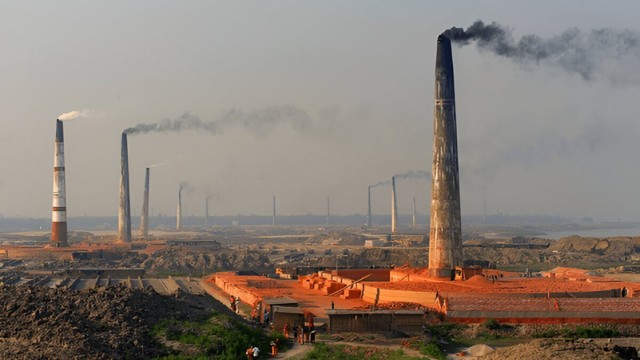
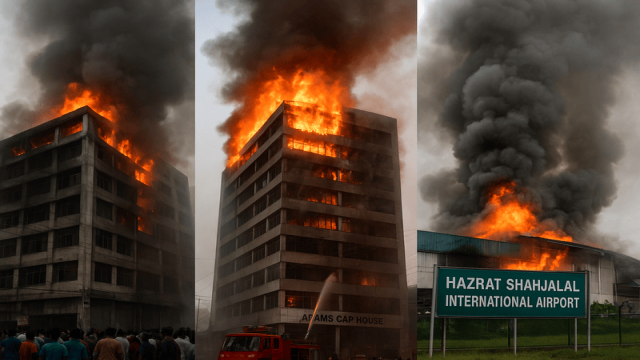
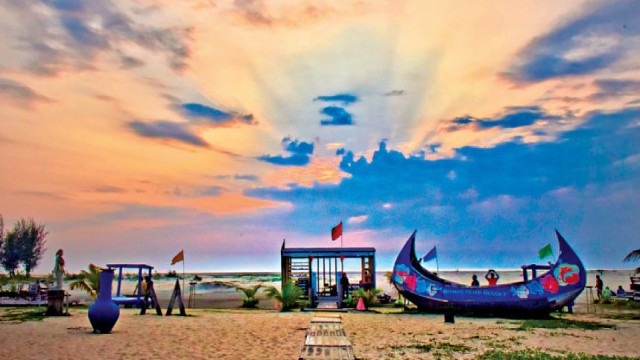

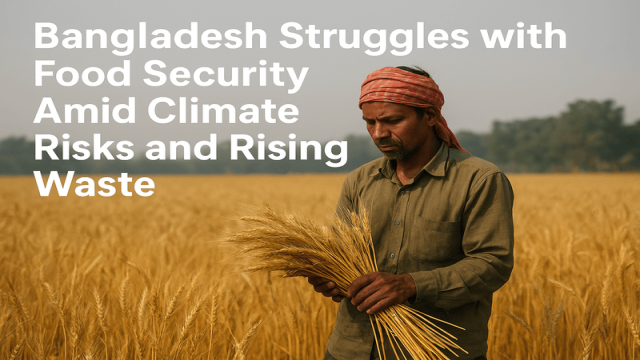

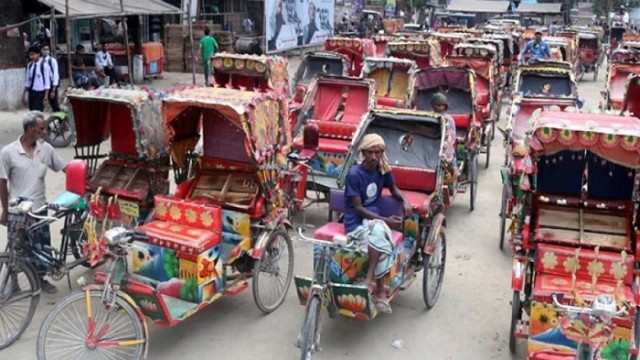

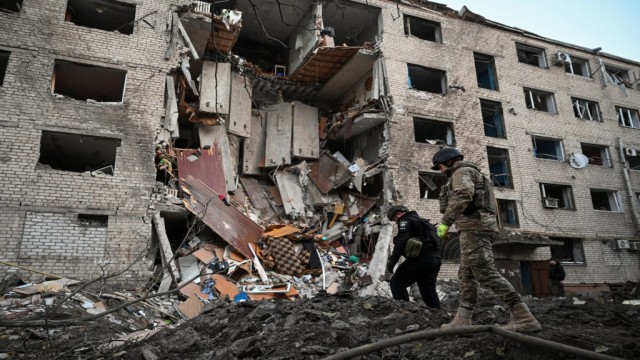

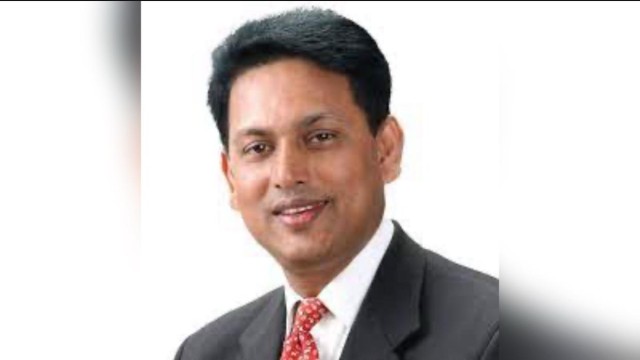
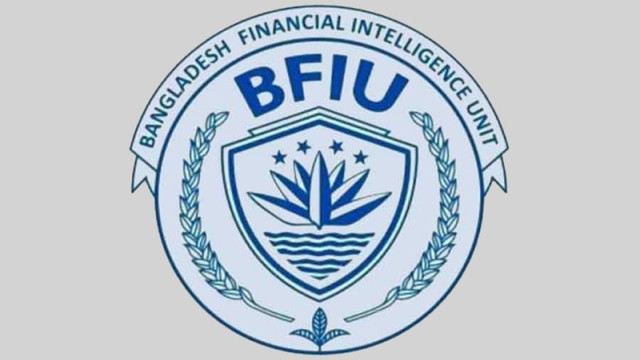
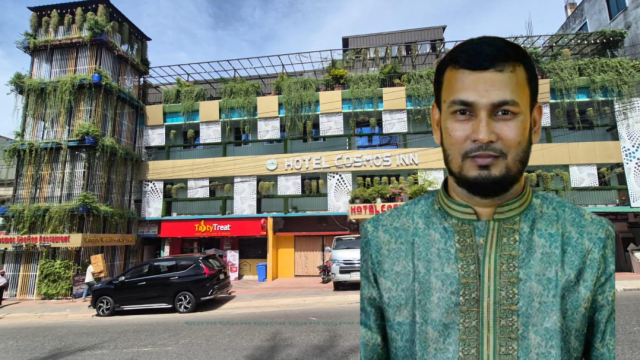

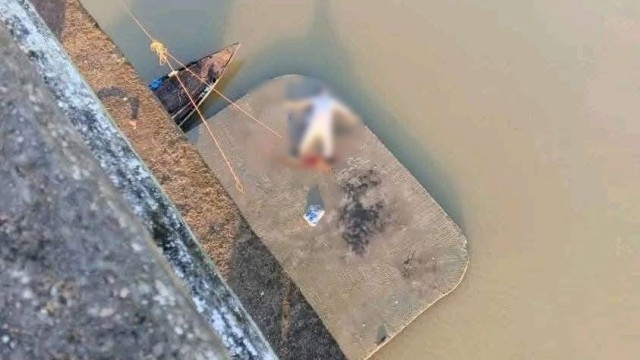

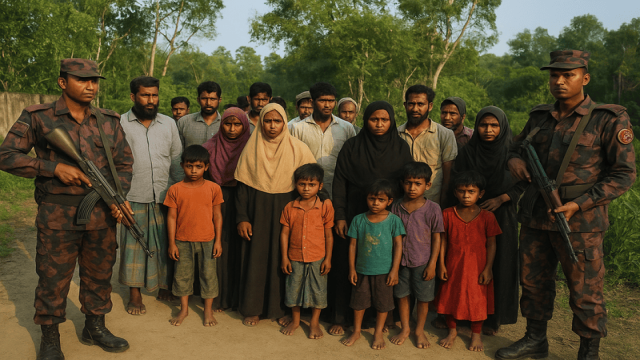

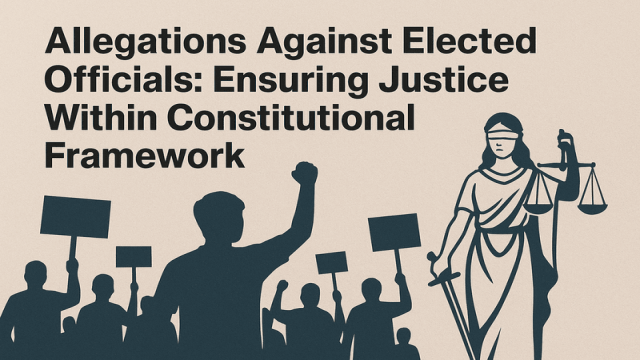
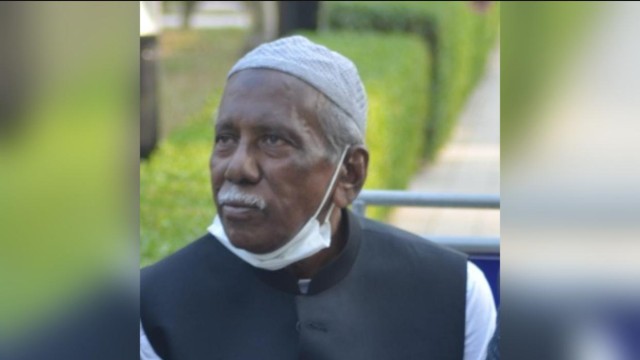

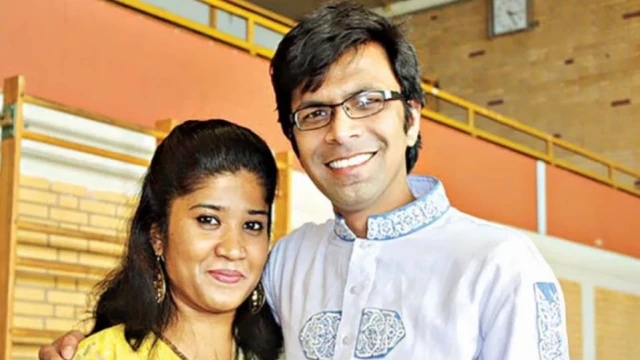
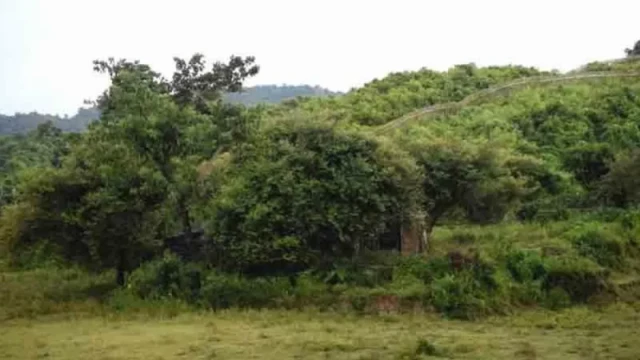

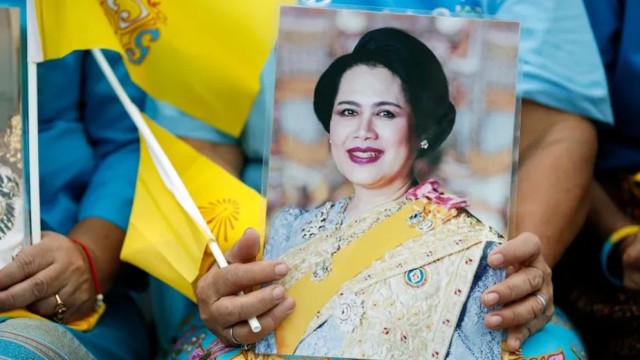

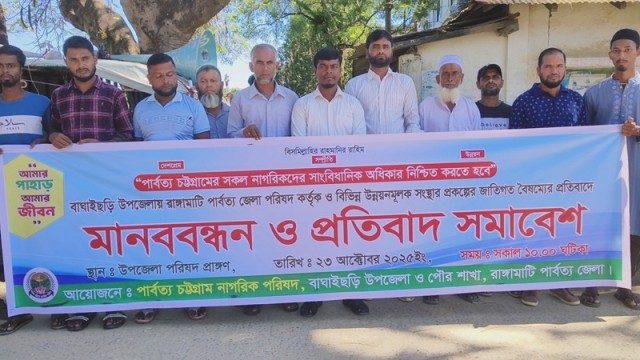

Comment: